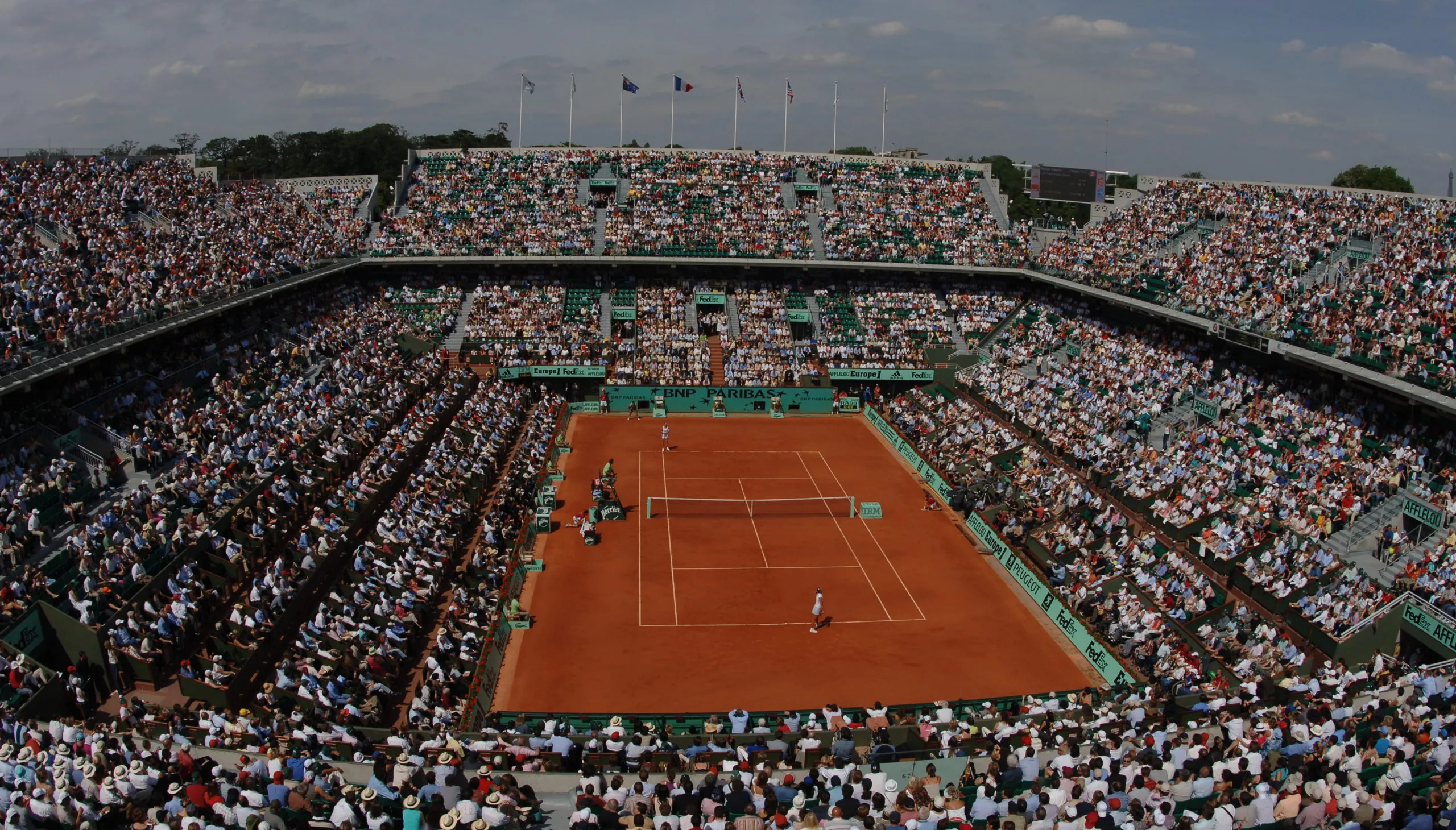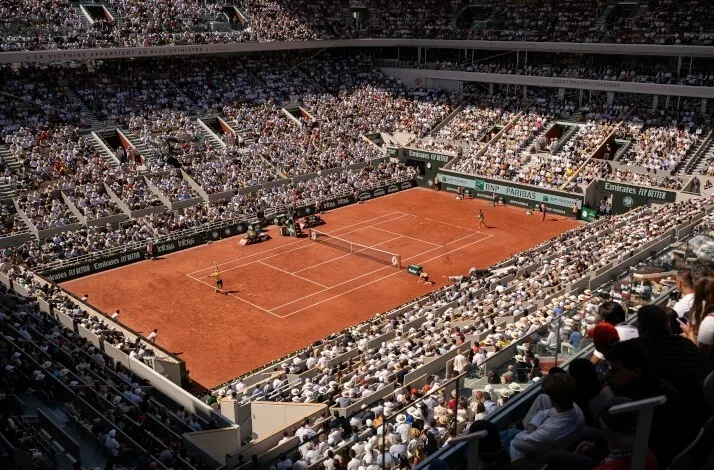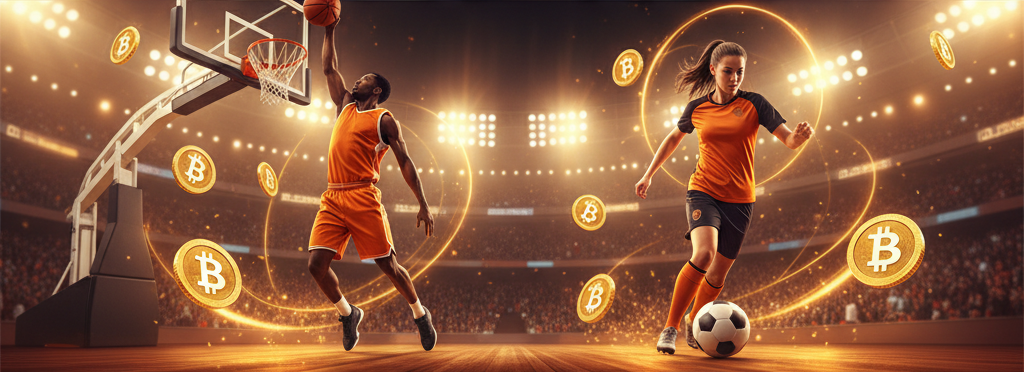🟦Taro Daniel vs. Fabian Marozsan – French Open Prediction 2025
 The 2025 French Open Qualifying Draw ignites with a compelling clash between Taro Daniel and Fabian Marozsan.
The 2025 French Open Qualifying Draw ignites with a compelling clash between Taro Daniel and Fabian Marozsan.
Set on the storied clay courts of Roland Garros, this opening-round encounter is more than a mere match, it’s a pivotal moment for both athletes striving to secure their place in the main draw.
Daniel, a seasoned campaigner with a history of resilience, faces off against Marozsan, a rising talent eager to make his mark on the Grand Slam stage. With the tournament commencing on May 19, anticipation builds as fans and analysts alike ponder who will seize the advantage in this high-stakes showdown.
Match Details
The opening round of the Roland Garros 2025 – Men’s Qualifying Draw marks the beginning of what promises to be a thrilling Grand Slam journey for many aspiring contenders. This specific clash between Taro Daniel and Fabian Marozsan will be held on May 19–20, 2025, at the iconic Stade Roland Garros in Paris, France.

The match takes place on a clay court, a surface known for its slow speed and high bounce, which requires a unique blend of patience, stamina, and strategic depth. These early rounds are often underestimated, but they can feature intense battles as players push to earn their place in the main draw.
With both Daniel and Marozsan entering the qualifiers with something to prove, the match becomes even more intriguing. For Taro Daniel, it’s about reaffirming his consistency and resilience in a Grand Slam setting. For Fabian Marozsan, it’s an opportunity to showcase his growing maturity on clay and take another step forward in his career.
Roland Garros, with its rich legacy and challenging playing conditions, sets the stage for this pivotal encounter. Both athletes must bring their mental and physical A-game to navigate the opening hurdle successfully.
Pre-Match Perspectives
Stakes of Early Qualification
Securing a win in the opening round of the qualifiers is crucial for both Daniel and Marozsan. Advancing not only brings them closer to the main draw but also boosts their confidence and momentum.
For Daniel, a victory could reaffirm his status and experience, while for Marozsan, it represents an opportunity to break through on a significant stage. The pressure is palpable, as early success can set the tone for the rest of the tournament.
Clay Comfort: Who Feels at Home?
Clay courts are known for their slow pace and high bounce, favoring players with patience and tactical prowess. Daniel has a history of adapting well to clay, utilizing his consistency and strategic play.
Marozsan, though younger, has shown promise on this surface, leveraging his agility and shot-making abilities. Their comfort levels on clay could significantly influence the match’s outcome.
Playing Dynamics and Surface Compatibility
The contrasting styles of Daniel and Marozsan add intrigue to this matchup. Daniel’s methodical approach and baseline consistency contrast with Marozsan’s aggressive shot selection and dynamic movement.
Clay courts may favor Daniel’s endurance and strategic play, but Marozsan’s ability to dictate points could disrupt Daniel’s rhythm. Understanding and exploiting these dynamics will be key for both players.
Performance Snapshot
Taro Daniel – Current Rhythm
Daniel’s recent performances have been a mix of challenges and resilience. While he has faced early exits in some tournaments, his experience and mental fortitude remain assets.
His rally consistency and ability to maintain composure under pressure are strengths. However, issues with his second serve and initial movement speed could be areas of concern against a younger opponent.
Fabian Marozsan – Form Snapshot
Marozsan enters the match with a series of promising results, showcasing his explosive forehand and effective transition game. His recent victories on clay indicate a growing confidence and adaptability.
Nevertheless, his tendency toward risky decisions and occasional lapses in net coverage present potential vulnerabilities. Balancing aggression with strategic play will be crucial for his success.
Match History & Clay Stats
This encounter marks the first official meeting between Taro Daniel and Fabian Marozsan, injecting an element of unpredictability and intrigue into the match. With no previous head-to-head clashes to reference, both players enter unfamiliar territory, relying solely on preparation and tactical awareness rather than previous patterns or psychological edges.
The unknown dynamic can often tilt matches in unexpected ways, especially on the clay courts of Roland Garros, where form and adaptation play larger roles than pure head-to-head history.
Statistically, Daniel has proven his reliability on clay with a career win rate of approximately 56%, a figure that reflects his familiarity and tactical understanding of the surface. He tends to thrive in slower conditions where patience and structured rallies are rewarded.
Marozsan, while relatively newer on tour, has posted a clay win rate of about 62.5%, suggesting a natural affinity for the red dirt and an upward trajectory in form. Though the numbers are close, Marozsan’s slightly superior recent record highlights his growth and potential to challenge more experienced players like Daniel, especially in high-stakes qualifiers such as this.
Game Plan Analysis
The match’s outcome may hinge on a blend of key tactical and physical factors: serve consistency, return pressure, rally endurance, and overall court movement. Daniel is known for his ability to stay composed in long rallies, using his strategic acumen to gradually wear down opponents.
 His ability to construct points meticulously, especially on clay, could help neutralize Marozsan’s bursts of aggression. However, any lapses on second serve might open the door for Marozsan to step in early and dictate play, which could swing the match in his favor.
His ability to construct points meticulously, especially on clay, could help neutralize Marozsan’s bursts of aggression. However, any lapses on second serve might open the door for Marozsan to step in early and dictate play, which could swing the match in his favor.
Marozsan’s aggressive return stance and sharp court positioning often allow him to gain immediate control in points, particularly when facing passive second serves or short replies. If he manages to combine this aggression with consistency, he can place Daniel on the back foot and control the rhythm.
However, overplaying can lead to unforced errors, especially on clay where precision is more valuable than pace. Both players’ stamina and mental resilience will be tested over potentially long sets. A match extending into three sets would favor the one with superior physical conditioning and mental discipline—attributes both possess, but which will be magnified on this demanding surface.
Watch the Match Live
Fans eager to follow this high-stakes qualifying match can do so through a variety of viewing options. The official Roland Garros website provides a reliable source for live scores, match schedules, and video highlights.
Several broadcasters across Europe, the Americas, and Asia have secured the rights to air French Open 2025 qualifiers, ensuring comprehensive coverage of even the early rounds. These include both traditional TV networks and digital platforms, offering flexibility for fans to watch from virtually anywhere.
Additionally, many sports streaming services will carry live feeds and match replays, often paired with expert commentary and in-depth analysis. For viewers in regions without direct coverage, VPN access may help unlock streams through international providers.
Social media platforms and sports apps will also deliver point-by-point updates and real-time statistics. With so many avenues available, tennis enthusiasts should find it easy to stay connected with this exciting clash, which promises to showcase the depth of competition in the French Open’s men’s draw.
Final Prediction for This Match: Match Outlook & Lean
Considering the players’ respective forms, their comfort on clay, and overall playing styles, this match could swing either way. Daniel’s wealth of experience and tactical discipline on slower courts make him a difficult opponent to break down, especially in a format that rewards patience and consistency.
His mental strength in handling pressure moments could also be decisive, particularly if the match features extended rallies and multiple momentum shifts. Daniel’s ability to grind out games and force errors through positioning and precision gives him a slight but measurable edge.
However, Marozsan should not be underestimated. His recent rise, coupled with an assertive style of play, makes him a legitimate threat, especially if he finds his rhythm early. His forehand weapon and ability to close points quickly can unsettle Daniel’s game plan and potentially lead to a breakthrough.
If Marozsan minimizes his unforced errors and handles the pace of the match with composure, he could very well tilt the outcome in his favor. Overall, the prediction leans slightly toward Daniel due to his clay-court pedigree, but Marozsan’s potential to upset is undeniably strong.



